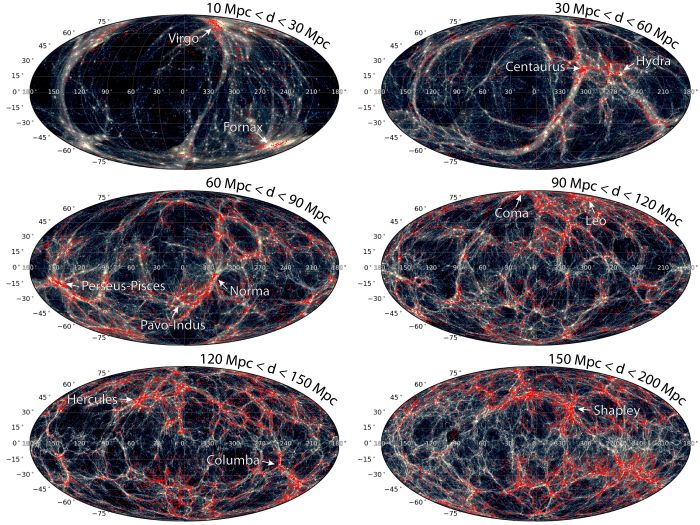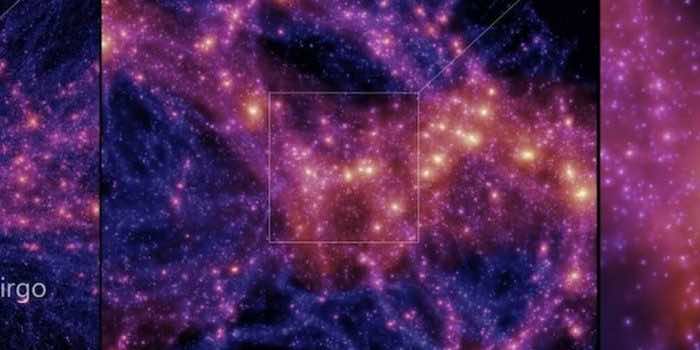The Cosmic Calendar maps the chronology of the Universe across a single Earth year and in this, modern humans don’t appear until the very last minute of December 31.
With the help of supercomputers, an international team of scientists led by the University of Helsinki in Finland has produced the largest and most accurate simulation yet of the evolution of the local Universe. This can help us understand the dynamics at play as the Universe continues to evolve. This can also provide information on dark energy and dark matter.
“The simulations simply reveal the consequences of the laws of physics acting on the dark matter and cosmic gas throughout the 13.7 billion years that our Universe has been around,” says cosmologist Carlos Frenk of Durham University in the UK.
“The fact that we have been able to reproduce these familiar structures provides impressive support for the standard Cold Dark Matter model and tells us that we are on the right track to understanding the evolution of the entire Universe.”

The simulation is named SIBELIUS-DARK, and it covers a volume of space extending 600 million light-years from the Solar System. This includes clusters of galaxies, including Virgo, Coma, and Perseus; the Milky Way and Andromeda galaxies; the Local Void; and the Great Attractor.
The simulation needed to account for around 130 billion particles. Computing these particles over the entire lifespan of the Universe took several weeks on the DiRAC COSmology MAchine (COSMA) supercomputer at Durham University. It brought forward a petabyte of data. Afterward, the team compared the results with observational surveys of the real Universe.
This allows them to explore the Cold Dark Matter model of cosmology which is the current standard for mapping the evolution of the Universe.

According to this model, dark matter accumulates in clumps called haloes. Hydrogen and other gases feed into these haloes which results in forming stars and then galaxies.
“This project is truly groundbreaking,” says cosmologist Matthieu Schaller of Leiden University in the Netherlands. “These simulations demonstrate that the standard Cold Dark Matter Model can produce all the galaxies we see in our neighborhood. This is a very important test for the model to pass.”
The supercomputer showed that the Local Void appears to have evolved from a local large-scale underdensity of dark matter from the outset. What produced this underdensity in the early cosmic web will need to be the subject of future explorations.
“By simulating our Universe, as we see it, we are one step closer to understanding the nature of our cosmos,” says physicist Stuart McAlpine of the University of Helsinki.
“This project provides an important bridge between decades of theory and astronomical observations.”
The research has been published in the Monthly Notices of the Royal Astronomical Society.


